Home>Furniture & Design>Interior Design Trends>What Is Glass Glazing
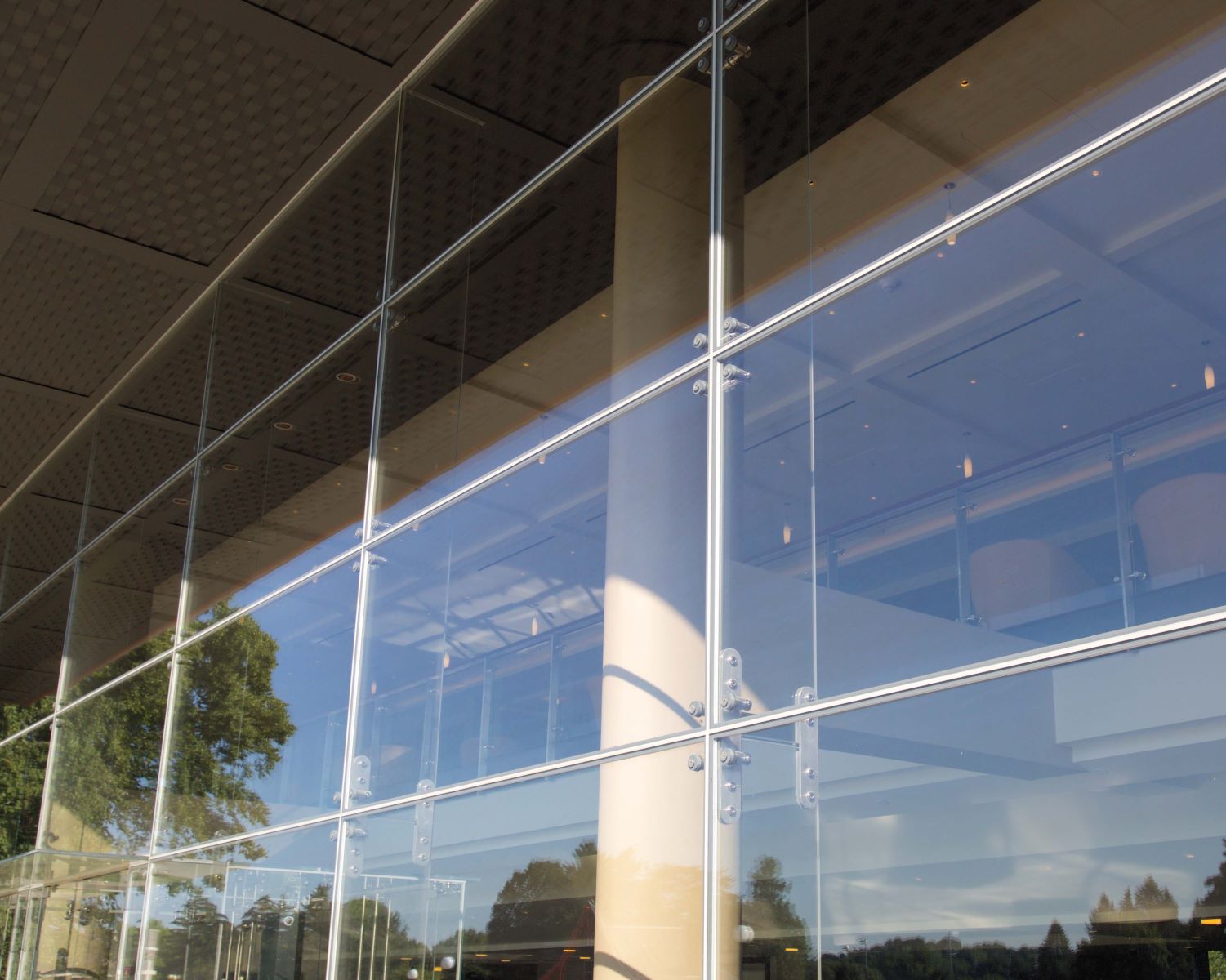

Interior Design Trends
What Is Glass Glazing
Modified: October 19, 2024
Discover the latest interior design trends with glass glazing. Learn how to incorporate this versatile material into your home for a modern and stylish look. Elevate your interior design with glass glazing.
(Many of the links in this article redirect to a specific reviewed product. Your purchase of these products through affiliate links helps to generate commission for Storables.com, at no extra cost. Learn more)
Introduction
Glass glazing is a versatile and essential element in modern architecture and interior design. It serves as a functional and aesthetic component that can transform spaces, enhance natural light, and contribute to energy efficiency. Understanding the various aspects of glass glazing, including its types, benefits, and applications, is crucial for both designers and homeowners seeking to elevate the ambiance and functionality of their living or working environments. In this comprehensive guide, we will delve into the intricacies of glass glazing, shedding light on its significance and the myriad ways it can be utilized to create stunning and practical design solutions. Whether you are a design enthusiast, a homeowner, or a professional in the field, this exploration of glass glazing will provide valuable insights into its potential and the considerations involved in its implementation.
Key Takeaways:
- Glass glazing is a versatile design element that brings natural light, energy efficiency, and artistic flair to spaces, enhancing comfort and sustainability in homes and buildings.
- From sleek windows to decorative panels, glass glazing offers a wide range of benefits, including visual appeal, safety, and property value enhancement, making it a timeless and essential feature in modern design.
Read more: What Is Glazed Glass
Definition of Glass Glazing
Glass glazing refers to the installation of glass in windows, doors, or other openings to allow natural light to enter a space while providing protection from the elements. It involves the use of various types of glass, such as float glass, tempered glass, laminated glass, or insulated glass units (IGUs), to create a transparent barrier that offers visibility and thermal insulation. The process of glazing typically includes securing the glass within a frame using putty, moldings, or gaskets to ensure stability and weather resistance.
In architectural and interior design contexts, glass glazing plays a pivotal role in shaping the aesthetics and functionality of a building. It enables the creation of seamless transitions between indoor and outdoor spaces, blurring the boundaries and fostering a sense of openness. Additionally, glass glazing facilitates the incorporation of sustainable design principles by maximizing natural light penetration, reducing the need for artificial lighting, and enhancing energy efficiency.
The versatility of glass glazing extends beyond its practical functions, as it also serves as a canvas for artistic expression and customization. Through the use of frosted, tinted, or patterned glass, designers can introduce elements of privacy, visual interest, and decorative flair into a space, catering to specific aesthetic preferences and functional requirements.
Furthermore, advancements in glazing technology have led to the development of innovative solutions that address safety, security, and environmental concerns. For instance, impact-resistant glass and low-emissivity coatings are designed to enhance structural integrity and minimize heat transfer, contributing to occupant comfort and well-being.
In essence, the definition of glass glazing encompasses the integration of glass as a fundamental building material, transcending its traditional role to become a dynamic component that harmonizes form, function, and sustainability within architectural and interior design endeavors.
Types of Glass Glazing
Glass glazing encompasses a diverse array of types, each tailored to specific functional, aesthetic, and performance requirements. Understanding the distinctions between these variations is essential for selecting the most suitable option for a given application. Here are some prominent types of glass glazing:
-
Float Glass: This is the most common type of glass used in glazing applications. It is manufactured by floating molten glass on a bed of molten metal, resulting in a smooth and uniform surface. Float glass is available in various thicknesses and can be further processed to enhance its strength and safety features.
-
Tempered Glass: Also known as toughened glass, tempered glass undergoes a specialized heat treatment process that increases its strength and resistance to impact. In the event of breakage, tempered glass fractures into small, granular pieces rather than sharp shards, reducing the risk of injury. This characteristic makes it an ideal choice for areas requiring heightened safety, such as doors, partitions, and shower enclosures.
-
Laminated Glass: Comprising multiple layers of glass bonded together with an interlayer, laminated glass offers exceptional durability and security. In the event of breakage, the interlayer holds the glass fragments in place, preventing them from scattering. This property makes laminated glass a preferred option for applications where safety and protection against forced entry are paramount, such as storefronts, skylights, and balustrades.
-
Insulated Glass Units (IGUs): IGUs consist of two or more panes of glass separated by a hermetically sealed airspace. This design minimizes heat transfer and sound transmission, enhancing thermal insulation and acoustical performance. IGUs are widely used in windows and curtain walls to improve energy efficiency and indoor comfort, making them integral to sustainable building practices.
-
Low-E Glass: Low-emissivity (low-E) glass is engineered with a thin, transparent coating that reduces heat transfer while allowing visible light to pass through. By controlling the amount of heat entering or leaving a space, low-E glass helps regulate indoor temperatures and minimize reliance on heating and cooling systems. This makes it an effective solution for enhancing energy efficiency and reducing utility costs in residential and commercial buildings.
-
Decorative Glass: Beyond its functional attributes, glass glazing offers a canvas for artistic expression and customization. Decorative glass encompasses a wide range of options, including frosted, tinted, patterned, and textured glass, allowing designers to introduce visual interest, privacy, and aesthetic appeal into interior and exterior environments.
Understanding the characteristics and applications of these diverse types of glass glazing empowers designers, architects, and homeowners to make informed decisions that align with their design objectives, performance criteria, and sustainability goals.
Benefits of Glass Glazing
Glass glazing offers a multitude of benefits that extend beyond its aesthetic appeal, making it a valuable asset in architectural and interior design. Understanding these advantages is crucial for appreciating the impact of glass glazing on the functionality, sustainability, and visual appeal of built environments.
-
Abundance of Natural Light: Glass glazing serves as a conduit for natural light, infusing interior spaces with warmth, vitality, and a sense of openness. By maximizing daylight penetration, it reduces the reliance on artificial lighting, thereby lowering energy consumption and creating a more inviting ambiance.
-
Visual Connectivity: Through the use of glass glazing, seamless visual connections between indoor and outdoor spaces are established, fostering a harmonious relationship with the surrounding environment. This integration enhances the perception of space, blurring boundaries and creating a cohesive, expansive feel within the built environment.
-
Energy Efficiency: The utilization of insulated glass units (IGUs) and low-emissivity (low-E) coatings in glass glazing contributes to improved energy efficiency by minimizing heat transfer and enhancing thermal insulation. This results in reduced heating and cooling loads, leading to lower energy costs and a smaller environmental footprint.
-
Enhanced Comfort: Glass glazing plays a pivotal role in optimizing occupant comfort by regulating indoor temperatures, mitigating drafts, and minimizing external noise intrusion. These factors collectively contribute to a more pleasant and tranquil living or working environment.
-
Aesthetic Versatility: The versatility of glass glazing allows for a myriad of design possibilities, ranging from sleek and modern to ornate and decorative. Whether it involves clear, frosted, tinted, or patterned glass, the aesthetic flexibility of glass glazing enables designers to tailor the visual character of a space to suit specific preferences and design themes.
-
Durability and Safety: Tempered and laminated glass, commonly used in glazing applications, offer enhanced durability and safety features. Tempered glass's resistance to breakage and laminated glass's ability to hold fragments in place upon impact contribute to a secure and resilient built environment.
-
Sustainable Design: By harnessing natural light and optimizing energy performance, glass glazing aligns with sustainable design principles, promoting eco-friendly practices and reducing the carbon footprint of buildings. This emphasis on sustainability is increasingly valued in contemporary design and construction practices.
-
Property Value Enhancement: The incorporation of high-quality glass glazing can elevate the perceived value of a property by enhancing its visual appeal, energy efficiency, and overall desirability. This can be particularly advantageous for residential and commercial real estate investments.
In summary, the benefits of glass glazing encompass a wide spectrum of advantages, ranging from environmental sustainability and energy efficiency to aesthetic versatility and occupant well-being. By leveraging these benefits, designers and homeowners can create spaces that are visually captivating, functionally efficient, and conducive to a high quality of life.
Common Applications of Glass Glazing
Glass glazing finds diverse and widespread applications across residential, commercial, and institutional settings, contributing to the functionality, aesthetics, and sustainability of built environments. The versatility of glass glazing enables its integration into various architectural elements and interior features, serving both practical and decorative purposes.
Read more: What Is Glazing In Construction
Residential Applications
In residential settings, glass glazing is utilized in numerous ways to enhance the living experience. Large windows and glass doors create a seamless connection between indoor living spaces and outdoor landscapes, allowing residents to enjoy panoramic views while inviting an abundance of natural light into their homes. Additionally, glass partitions and balustrades contribute to an open and airy ambiance, promoting spatial continuity and visual connectivity within the interior layout. The use of decorative and textured glass in entryways, shower enclosures, and kitchen cabinets adds a touch of elegance and personalization to residential interiors, elevating their visual appeal and functionality.
Commercial and Institutional Installations
Glass glazing plays a pivotal role in commercial and institutional environments, where it serves as a key architectural element that enhances the functionality and aesthetics of the spaces. Glass curtain walls and storefronts create striking facades that exude modernity and transparency, while also allowing ample daylight to permeate the interior, reducing the reliance on artificial lighting and creating a welcoming atmosphere for employees and visitors. Glass partitions and dividers in office spaces and conference rooms facilitate visual connectivity and collaboration while maintaining acoustic privacy. In educational institutions and healthcare facilities, the use of glass glazing in windows, skylights, and interior partitions contributes to a bright and uplifting environment that promotes well-being and productivity.
Architectural Features
Glass glazing is also integrated into architectural features such as atriums, conservatories, and sunrooms, where its transparency and thermal performance are leveraged to create light-filled, climate-controlled spaces that seamlessly blend with the surrounding landscape. The use of energy-efficient glass in these applications enhances the comfort of occupants while minimizing the environmental impact of heating and cooling systems. Furthermore, glass balustrades, canopies, and entryway enclosures add a touch of sophistication and safety to architectural designs, enhancing the overall visual impact and functionality of the built environment.
Artistic Installations
Beyond its conventional applications, glass glazing serves as a medium for artistic expression and installations, where it is employed to create sculptural elements, decorative panels, and immersive spatial experiences. The use of colored, textured, and etched glass in art installations and public spaces adds a layer of visual interest and cultural significance, enriching the built environment with creativity and aesthetic allure.
In essence, the widespread applications of glass glazing underscore its indispensable role in shaping the character and functionality of residential, commercial, and institutional spaces, while also serving as a canvas for artistic innovation and design ingenuity.
Read more: What Is Reactive Glaze On Dinnerware?
Considerations for Glass Glazing Installation
When embarking on a glass glazing installation project, several crucial considerations must be taken into account to ensure the optimal performance, longevity, and visual appeal of the glazing system. These considerations encompass a range of factors, including design requirements, material selection, installation methods, and regulatory compliance.
Design and Functionality
The initial step in the glass glazing installation process involves a comprehensive assessment of the design objectives and functional requirements. This entails determining the desired level of transparency, thermal performance, safety features, and aesthetic characteristics. Whether the glazing is intended for windows, doors, partitions, or architectural features, understanding the specific functional and design criteria is essential for selecting the most suitable type of glass and framing system.
Material Selection
The selection of glass type and thickness is a critical decision that influences the performance and visual impact of the glazing. Factors such as solar heat gain, sound insulation, safety regulations, and environmental considerations must be taken into account when choosing between float glass, tempered glass, laminated glass, or insulated glass units (IGUs). Additionally, the incorporation of low-emissivity (low-E) coatings, tinted glass, or decorative finishes should align with the desired energy efficiency, privacy, and aesthetic objectives.
Structural Integrity and Safety
Ensuring the structural integrity and safety of the glazing system is paramount, particularly in applications where impact resistance and protection against forced entry are essential. Compliance with building codes and safety standards, as well as the use of tempered or laminated glass where required, is imperative to safeguard occupants and mitigate potential hazards in the event of breakage.
Read more: How To Glaze Brick
Installation Methods and Weatherproofing
The installation of glass glazing demands precision, expertise, and adherence to industry best practices. Proper sealing, weatherproofing, and anchoring of the glass within the framing system are vital to prevent air and water infiltration, maintain thermal efficiency, and uphold the longevity of the installation. Employing experienced professionals and utilizing high-quality sealants and gaskets is crucial for achieving a durable and weather-resistant glazing assembly.
Maintenance and Cleaning Considerations
Anticipating the long-term maintenance and cleaning requirements of the glass glazing is essential for preserving its clarity, functionality, and visual appeal. Factors such as accessibility for cleaning, the choice of glass coatings to minimize dirt accumulation, and the use of durable and easy-to-maintain framing materials should be taken into consideration to facilitate the upkeep of the glazing system over time.
Environmental and Energy Considerations
Incorporating energy-efficient glazing solutions, such as insulated glass units (IGUs) and low-emissivity (low-E) coatings, can significantly contribute to the overall energy performance of a building. Assessing the environmental impact and energy-saving potential of the glazing materials and installation methods is crucial for aligning the project with sustainable design principles and regulatory requirements.
By meticulously addressing these considerations for glass glazing installation, designers, architects, and project stakeholders can ensure the successful realization of glazing projects that harmonize with the built environment, prioritize occupant well-being, and contribute to the overall sustainability and functionality of the spaces they adorn.
Conclusion
In conclusion, glass glazing stands as a testament to the seamless fusion of form and function within architectural and interior design. Its multifaceted nature encompasses a myriad of benefits, ranging from its ability to harness natural light and enhance energy efficiency to its capacity for creating visually captivating and functionally efficient spaces. The diverse types of glass glazing, including float glass, tempered glass, laminated glass, insulated glass units (IGUs), and low-emissivity (low-E) glass, offer a spectrum of options to cater to specific design, performance, and sustainability requirements.
The applications of glass glazing span across residential, commercial, institutional, and artistic realms, where its transparency, durability, and aesthetic versatility contribute to the creation of inviting, light-filled environments that foster connectivity, comfort, and visual appeal. Whether it is utilized in expansive curtain walls, sleek partitions, or decorative elements, glass glazing plays a pivotal role in shaping the character and functionality of built environments, enriching the experiences of occupants and visitors alike.
The considerations involved in glass glazing installation underscore the importance of meticulous planning, material selection, structural integrity, and maintenance foresight to ensure the longevity, performance, and safety of the glazing system. By addressing these considerations with diligence and expertise, designers and project stakeholders can realize glass glazing installations that harmonize with the architectural vision, regulatory standards, and sustainability imperatives, thereby contributing to the creation of enduring and impactful design solutions.
As the realm of architectural and interior design continues to evolve, glass glazing remains a timeless and indispensable element that transcends mere functionality to become a symbol of innovation, creativity, and environmental consciousness. Its ability to blur boundaries, invite natural elements into interior spaces, and serve as a canvas for artistic expression positions glass glazing as a cornerstone of modern design, enriching the built environment with its luminous presence and transformative potential.
In essence, the exploration of glass glazing reveals its status as a dynamic and indispensable component that continues to shape the way we perceive, inhabit, and interact with the spaces that define our lives. Its enduring allure and practical significance underscore its timeless relevance in the ever-evolving landscape of architectural and interior design, cementing its status as a cornerstone of innovation, sustainability, and aesthetic excellence.
Frequently Asked Questions about What Is Glass Glazing
Was this page helpful?
At Storables.com, we guarantee accurate and reliable information. Our content, validated by Expert Board Contributors, is crafted following stringent Editorial Policies. We're committed to providing you with well-researched, expert-backed insights for all your informational needs.




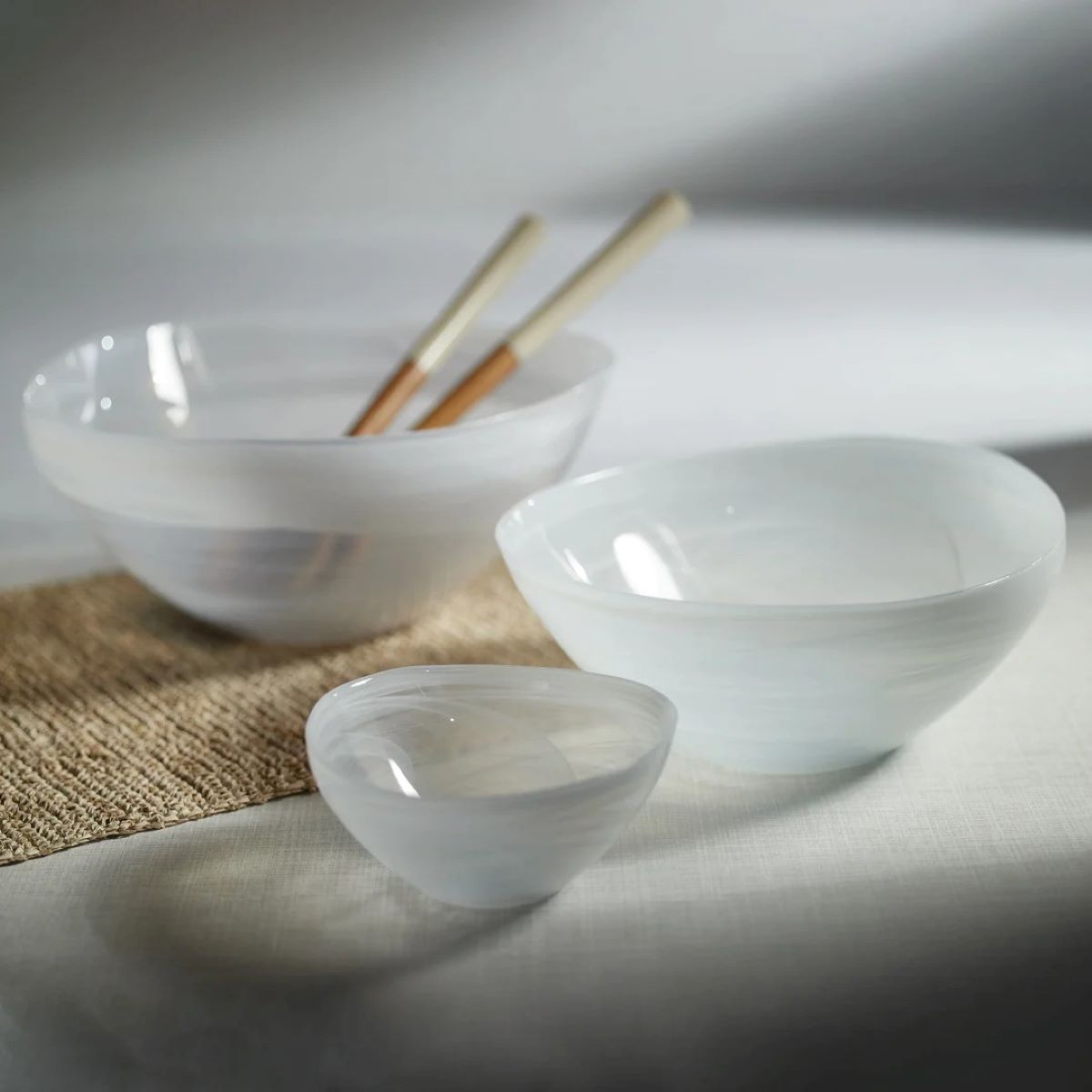

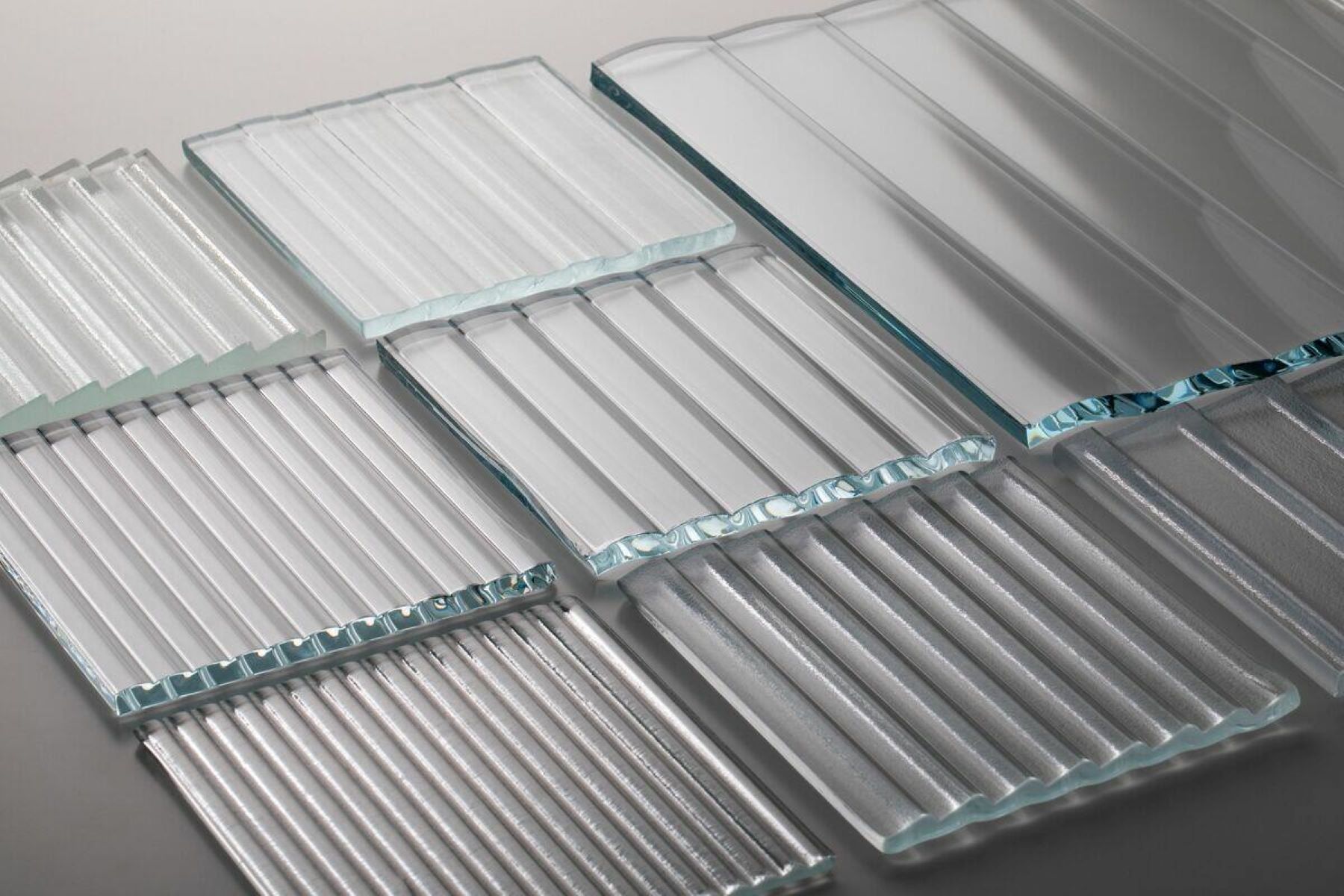

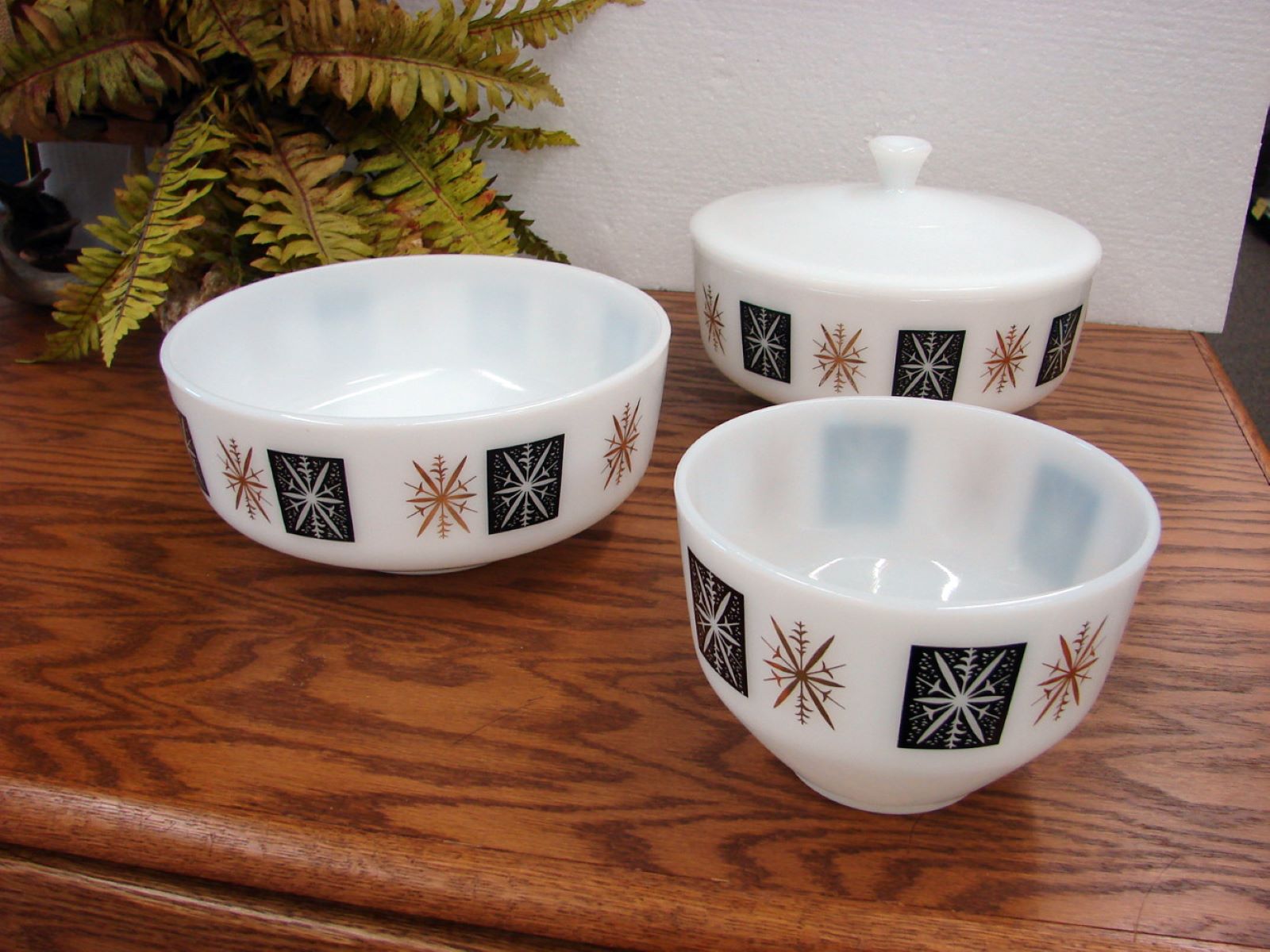

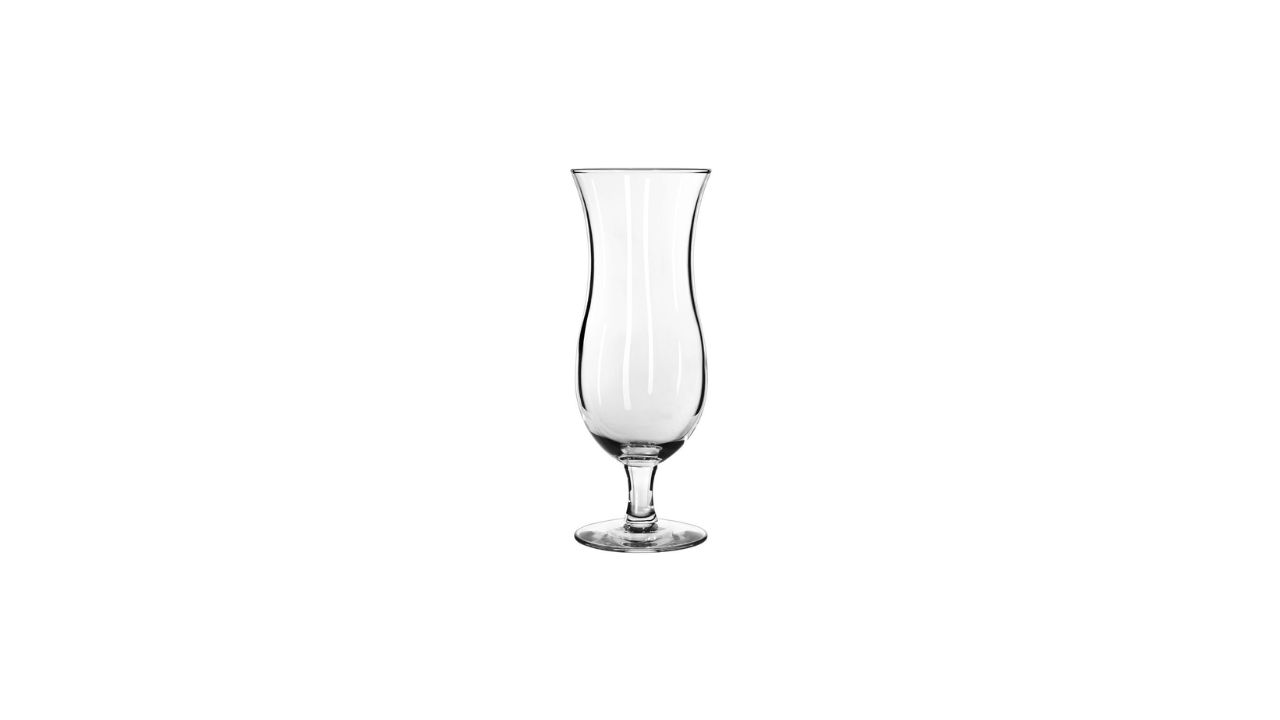


0 thoughts on “What Is Glass Glazing”